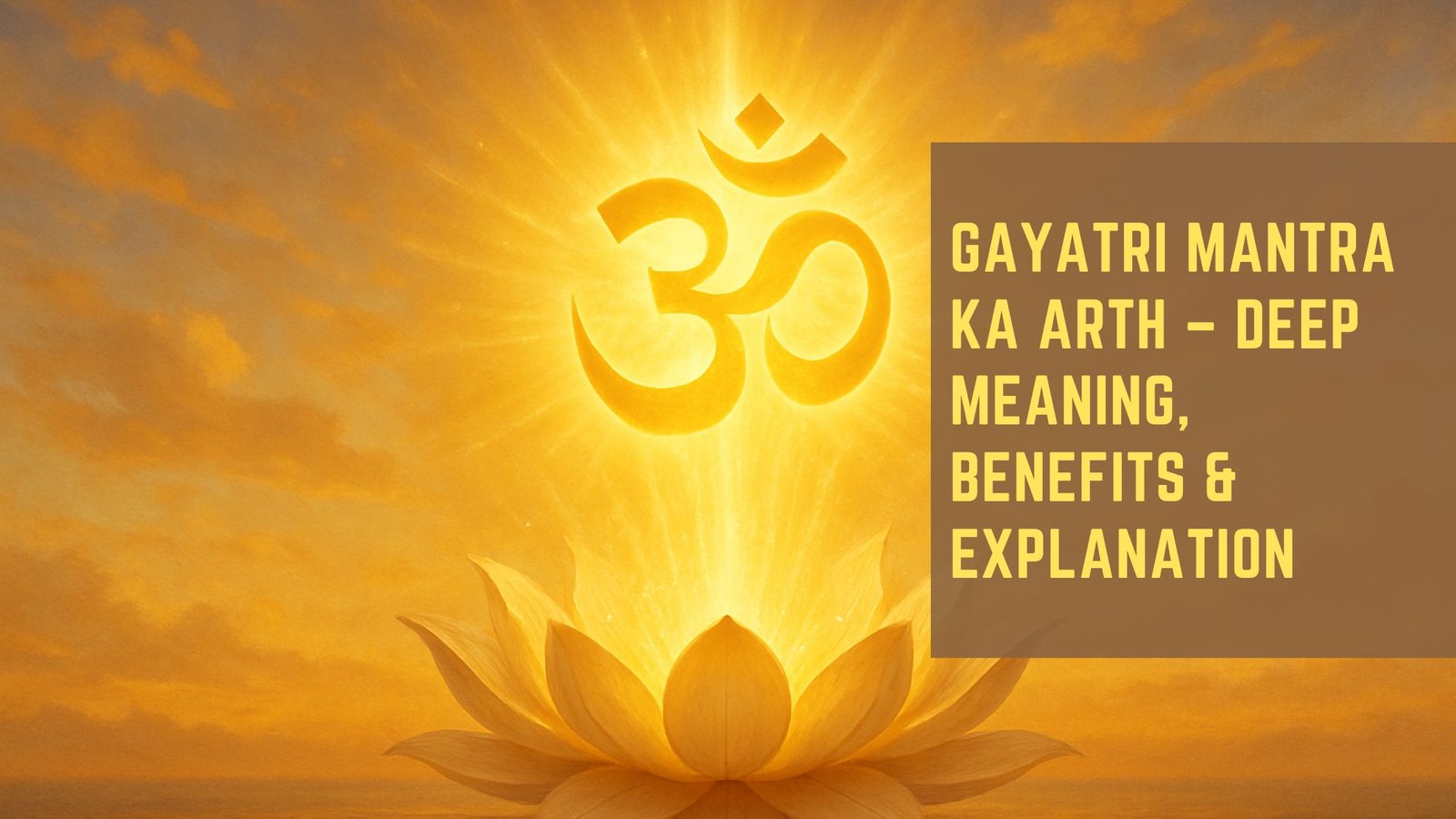The Bhagavad Gita, often referred to simply as the Gita, is a 700-verse Hindu scripture that is part of the Indian epic Mahabharata. It is a dialogue between Prince Arjuna and Lord Krishna, who serves as his charioteer. This sacred text is not merely a religious scripture; it is a philosophical treatise that addresses the moral and ethical dilemmas faced by individuals.
The Gita has transcended its historical and cultural context, resonating with people across various backgrounds and beliefs. Its teachings delve into the nature of reality, the self, and the universe, offering profound insights into the human condition. The Gita’s significance lies in its ability to provide guidance on how to live a life of purpose and integrity.
It addresses fundamental questions about duty, righteousness, and the path to spiritual enlightenment. As Arjuna grapples with his responsibilities as a warrior, he is confronted with the complexities of life, including fear, doubt, and moral ambiguity. Through Krishna’s wisdom, the Gita unfolds a narrative that encourages individuals to seek their true selves and fulfill their dharma, or duty, in the world.
This timeless dialogue continues to inspire countless individuals on their journeys toward self-discovery and spiritual awakening.
Key Takeaways
- The Bhagavad Gita is a sacred Hindu scripture that offers guidance on how to live a fulfilling and purposeful life.
- The teachings of the Bhagavad Gita emphasize the importance of selflessness, duty, and devotion to God.
- Applying the principles of the Bhagavad Gita to personal growth involves cultivating virtues such as humility, compassion, and self-discipline.
- The Bhagavad Gita provides wisdom and strategies for overcoming challenges and obstacles, including the importance of maintaining inner peace and equanimity.
- Through the Bhagavad Gita, individuals can find inner peace, fulfillment, and a deeper sense of purpose by aligning their actions with their true nature and the greater good.
Understanding the teachings of the Bhagavad Gita
The Principle of Selfless Action
The Gita encourages individuals to act according to their responsibilities while remaining detached from the fruits of their actions. This principle of selfless action, or karma yoga, promotes a sense of purpose and fulfillment that transcends personal gain.
The Paths to Spiritual Realization
The text outlines different forms of yoga, including bhakti (devotion), jnana (knowledge), and karma (action). Each path offers a unique approach to connecting with the divine and achieving inner peace. By understanding these diverse paths, individuals can choose the one that resonates most with their personal inclinations and circumstances.
A Holistic Approach to Spirituality
The Gita’s teachings encourage a holistic approach to spirituality, integrating knowledge, devotion, and action into daily life. This approach helps individuals cultivate a deeper understanding of themselves and their place in the world, leading to a more fulfilling and purpose-driven life.
Applying the principles of the Bhagavad Gita to personal growth

The principles outlined in the Bhagavad Gita can serve as powerful tools for personal growth and development. By embracing the concept of dharma, individuals can gain clarity about their purpose in life. This understanding allows them to align their actions with their values and aspirations, fostering a sense of fulfillment and direction.
The Gita encourages individuals to reflect on their unique talents and passions, guiding them toward a path that resonates with their true selves. This alignment not only enhances personal satisfaction but also contributes positively to society as individuals engage in meaningful work. Moreover, the practice of selfless action emphasized in the Gita can lead to profound personal transformation.
When individuals focus on their duties without attachment to outcomes, they cultivate resilience and adaptability. This mindset shift allows them to navigate challenges with grace and composure. By letting go of the need for external validation or success, individuals can experience a deeper sense of contentment and inner peace.
The teachings of the Gita empower individuals to take ownership of their lives while remaining open to growth and change.
Overcoming challenges and obstacles with the Bhagavad Gita
| Challenges and Obstacles | Strategies from the Bhagavad Gita |
|---|---|
| Self-doubt | Teachings on self-confidence and self-realization |
| Fear of failure | Lessons on detachment and focusing on action rather than results |
| Conflict and indecision | Guidance on making decisions based on duty and righteousness |
| Overcoming adversity | Wisdom on resilience and finding inner strength |
Life is replete with challenges and obstacles that can often feel insurmountable. The Bhagavad Gita offers valuable insights into overcoming these difficulties through its teachings on perseverance and resilience. One of the most significant lessons from the Gita is the importance of maintaining equanimity in the face of adversity.
Krishna advises Arjuna to remain steadfast in his duty despite external circumstances. This principle encourages individuals to cultivate a balanced mindset that allows them to confront challenges without being overwhelmed by fear or anxiety. Additionally, the Gita teaches that obstacles can serve as opportunities for growth and self-discovery.
By reframing challenges as essential components of one’s journey, individuals can develop a more positive outlook on life. The text emphasizes that every struggle carries valuable lessons that contribute to personal development. By embracing this perspective, individuals can approach difficulties with courage and determination, ultimately emerging stronger and more resilient.
Finding inner peace and fulfillment through the Bhagavad Gita
The pursuit of inner peace and fulfillment is a universal aspiration that transcends cultural boundaries. The Bhagavad Gita provides a roadmap for achieving this state through its teachings on self-realization and spiritual connection. By engaging in practices such as meditation and self-reflection, individuals can cultivate a deeper understanding of themselves and their place in the universe.
Furthermore, the concept of surrendering to a higher power is central to finding inner peace according to the Gita. Krishna advises Arjuna to relinquish his ego-driven desires and trust in divine guidance.
This act of surrender allows individuals to let go of their fears and anxieties, fostering a sense of tranquility and acceptance. By embracing this principle, individuals can experience profound inner peace that arises from aligning their will with a greater purpose.
Cultivating self-awareness and mindfulness with the Bhagavad Gita

Self-awareness is a crucial aspect of personal growth, and the Bhagavad Gita offers valuable insights into cultivating this quality. The text encourages individuals to engage in introspection and self-examination as a means of understanding their thoughts, emotions, and motivations. By developing self-awareness, individuals can identify patterns in their behavior that may hinder their progress toward spiritual growth.
The Gita emphasizes that true knowledge begins with understanding oneself, paving the way for deeper insights into one’s relationship with others and the world. Mindfulness is another essential practice highlighted in the Gita’s teachings. By being present in each moment and fully engaged in one’s actions, individuals can cultivate a sense of clarity and focus.
The Gita advocates for living in accordance with one’s values while remaining aware of one’s thoughts and feelings. This practice not only enhances personal well-being but also fosters compassion toward others. Through mindfulness, individuals can develop a greater appreciation for life’s experiences, leading to more meaningful connections with themselves and those around them.
Developing resilience and strength through the Bhagavad Gita
Resilience is an invaluable trait that enables individuals to navigate life’s challenges with grace and determination. The Bhagavad Gita provides profound insights into developing this quality through its teachings on strength and perseverance. Krishna’s guidance to Arjuna emphasizes the importance of unwavering commitment to one’s duty despite external pressures or setbacks.
This message serves as a reminder that true strength lies not in avoiding difficulties but in facing them head-on with courage. Moreover, the Gita teaches that resilience is cultivated through self-discipline and inner fortitude. By practicing self-control and maintaining focus on one’s goals, individuals can build mental strength that empowers them to overcome obstacles.
The text encourages individuals to view challenges as opportunities for growth rather than insurmountable barriers. This shift in perspective fosters resilience by allowing individuals to embrace adversity as an integral part of their journey toward self-realization.
Embracing personal transformation with the Bhagavad Gita
The Bhagavad Gita serves as a catalyst for personal transformation by encouraging individuals to embark on a journey of self-discovery and spiritual awakening. Its teachings inspire individuals to break free from limiting beliefs and societal expectations that may hinder their growth. By embracing their true selves and aligning their actions with their values, individuals can experience profound transformation in all aspects of their lives.
The process of personal transformation outlined in the Gita involves continuous learning and adaptation. It encourages individuals to remain open to new experiences while reflecting on their progress along the way. As they integrate the teachings into their daily lives, they may find themselves evolving into more compassionate, resilient, and fulfilled versions of themselves.
Ultimately, the Bhagavad Gita offers a timeless framework for personal transformation that empowers individuals to live authentically and purposefully in alignment with their highest potential.
The impact of the Bhagavad Gita on personal growth is profound and transformative. Through its timeless teachings, individuals can gain valuable insights into the nature of man and the path to spiritual enlightenment. One related article that delves into this topic is “Exploring the Wisdom of the Gita: Essays on Spiritual Enlightenment” which can be found in/2024/12/08/exploring-the-wisdom-of-the-gita-essays-on-spiritual-enlightenment/’>here.
This article offers a deeper understanding of the Gita’s teachings and how they can guide individuals on their personal growth journey. Additionally, “The Bhagavad Gita: Understanding the Nature of Man” and “The Bhagavad Gita: Eknath Easwaran’s Insights” are also valuable resources for those seeking to explore the profound impact of this ancient text on personal development.
FAQs
What is the Bhagavad Gita?
The Bhagavad Gita is a 700-verse Hindu scripture that is part of the Indian epic Mahabharata. It is a sacred text of the Hindu religion and is considered one of the most important spiritual classics.
How does the Bhagavad Gita impact personal growth?
The Bhagavad Gita provides teachings on various aspects of life, including duty, righteousness, and spirituality. It offers guidance on how to deal with challenges, make decisions, and find inner peace, which can contribute to personal growth and development.
What are some key teachings of the Bhagavad Gita that can impact personal growth?
Some key teachings of the Bhagavad Gita include the concept of dharma (duty), the importance of selflessness, the practice of meditation and yoga, and the idea of finding inner peace and contentment amidst life’s challenges.
How can one apply the teachings of the Bhagavad Gita to their personal life?
One can apply the teachings of the Bhagavad Gita to their personal life by practicing self-reflection, cultivating a sense of duty and righteousness, adopting a selfless attitude, and incorporating meditation and yoga into their daily routine. These practices can help individuals achieve personal growth and spiritual development.
Are there any specific examples of individuals who have experienced personal growth through the teachings of the Bhagavad Gita?
There are numerous accounts of individuals who have found personal growth and transformation through the teachings of the Bhagavad Gita. Many people have shared their experiences of overcoming challenges, finding inner peace, and gaining a deeper understanding of life’s purpose after studying and applying the principles of the Bhagavad Gita.














